Interview: Researcher Debbie Palmer on Studying Mountain Biking Injuries for the EWS
Debbie Palmer is a three-time winter Olympian in speed skating and a top injury epidemiologist. She has worked with the International Olympic Committee, national rugby associations, and now the Enduro World Series, and led the EWS's study on injury patterns that was published in the International Journal of Sports Medicine earlier this year. This is the first of three interviews on injuries in mountain biking. In this one, we discuss the research. The next two will focus on what we do with the information we have now.
 Can you just start by telling me who you are and a bit about your background with research?
Can you just start by telling me who you are and a bit about your background with research?
I'm a researcher and lecturer in research methods and epidemiology. For the last 11 or 12 years I've been working in sports injury epidemiology and working with medical teams and national and international governing bodies of sport as well. Looking at identifying and quantifying the levels of injury, the nature of injury, and the risks associated with injury in different sporting populations. I've worked mostly with Olympic sports including cycling and also rugby. Recently I got involved with the EWS with the injury surveillance study.
 How did you get involved with the EWS?
How did you get involved with the EWS?
Chris Ball is based nearby in the Borders here in Scotland and it was an Edinburgh Napier University colleague who put me in touch with Chris and so we talked about what he wanted to do and what he wanted to look at. I think Chris was quite forward thinking in wanting to do rider health research. We just had some conversations and it went from there.
 How do they present that to you? What was the motivation behind the study for them?
How do they present that to you? What was the motivation behind the study for them?
I think it was largely driven by having a duty of care for and wanting to look after the athletes. That's what governing bodies of sport actually want to do when they embark on something like this, not just to be seen to be doing something about trying to reduce or mitigate the risks of injury in their sport, but actually actively doing something. When we spoke about some of the previous work that I've done, Chris was really interested in setting something up within the EWS. It's commensurate with a professional, relatively new international governing body to be pro-active in thinking about athlete health. When the EWS were looking to get official recognition with the UCI, I think the study fitted well as part of that as well.
 Why did you guys decide to structure the study the way you did and look at the specific things you looked at?
Why did you guys decide to structure the study the way you did and look at the specific things you looked at?
Precedent. Most of the international governing bodies of sport who embark on this type of work will do longitudinal studies if they can for example in rugby, domestically in the UK, the English and the Scottish rugby unions collect this data ongoing, competition-to-competition. Governing bodies like the International Olympic Committee, they will collect data during the Olympic Games period. What Chris and I discussed was actually setting this up over more than one season, because sometimes you get season-to-season variation, and we see this with other studies. So the ideal for setting something up accurately, longitudinally for this was to do it over the two seasons.
We wanted a paper-based injury recording survey that would be super easy for any of the medical teams to use in the field, but we also then provided an electronic version if they wanted that. Again, we just looked at how these types of studies have been implemented in other sports successfully, we worked on that model and I drew on my experience of working within rugby and Olympic sports.
 How was studying mountain biking different from studying rugby or other sports?
How was studying mountain biking different from studying rugby or other sports?
In terms of setting up data collection, it's similar. I think that some of the questions that we asked were, of course, absolutely mountain bike specific, so we had to tailor some of the big questions that we were asking. In particular we asked specific things around concussion and equipment that riders were wearing, and collected data on the race stage situations versus transitions versus training, trail types etc setting everything up so that it was specific for the sport of enduro.
Also, it's a global event so competitions take place in different venues, in different countries over the course of the season so again, it was just making sure that the way that data collection was set up would suit the medical practitioners and be easy to use at each of the different events in the different countries. And of course the EWS administration team themselves were heavily involved in providing race results data and race exposure data.
 What were your main takeaways from the study? It seems like there are a few really actionable findings in there that I'm curious to hear about from someone who knows a lot more than I do.
What were your main takeaways from the study? It seems like there are a few really actionable findings in there that I'm curious to hear about from someone who knows a lot more than I do.
Well, the idea of the public report was to make the information really accessible, and then the publication of the more recent academic paper provided a bit more detail. I think the information has been produced in such a way that hopefully it's digestible for everybody. Some findings may be transferrable to recreational riding, and that's something that we're going to look at next in more detail, and some things will be specific just to the elite riders.
The standout bits of information from the study are concussion rates overall are quite low, but there's some low hanging fruit there in terms of how concussions that do occur are dealt with, around rider knowledge, education and knowing what to do when they have sustained a concussion. For example, a large proportion of riders who displayed red flags for concussion, and were later diagnosed with concussion, continued to race. When we looked at how long riders took off after the race, there were quite a few riders who potentially didn't take the time off that is needed post-concussion. Again, there were some quite actionable things there to say, "Okay, let's put together some educational information for riders and for teams and try to improve people's knowledge and improve their understanding of what to look out for in themselves and in other people, provide rider race removal protocols so that riders who are injured don’t continue racing, and then provide information to help improve how riders deal with their concussion afterwards.”
Shoulder injuries caused the greatest burden in terms of total time off the bike, and so they were also the most severe injuries. We know in elite sport that you can't prevent all injuries, there are going to be some that are just unavoidable, but can we reduce the risk of some occurring, improve the way that they're dealt with, or can we reduce the severity, so how long they last? If riders were to undertake a comprehensive shoulder conditioning and prehabilitation program, they could potentially reduce the risk of shoulder injury occurring in the first place. Or if there are significant impacts where a shoulder injury is going to be unavoidable, better, stronger shoulder conditioning could at least decrease the severity of that injury. Perhaps alongside this, there could be development and use of enduro-specific shoulder protection. Equipment that riders would be comfortable to ride in all day. And yes, course design considerations could also be part of these risk reduction strategies.
 So it seems like education is a big part of what could come out of the study. What should riders know that they typically don’t?
So it seems like education is a big part of what could come out of the study. What should riders know that they typically don’t?
One thing is increasing people's knowledge and understanding around recognizing some of the symptoms of concussion, again in themselves and in other people. To understand that there may be delayed presentation of some symptoms as well and if anybody does experience a concussion, that they should stop riding straight away so not to continue to finish off the trail they’re on or do another trail.
The key thing next is to have rest, and then follow a gradual return to normal activity. Mountain biking is demanding, there's a lot of vibrations, et cetera which can be a challenge in concussion recovery, so I think that whether it's recreational, or the elite riders, riders need to follow a structured graduated return to riding protocol that will help in their recovery, and hopefully, in their full and proper recovery.
 It seems like this could be a starting point for more research in the future. Is there any direction you would like to see that go?
It seems like this could be a starting point for more research in the future. Is there any direction you would like to see that go?
As with all research it depends on the governing body. The EWS have been super proactive to make changes around the qualification criteria to make sure that there are fewer first time, only time riders competing in events. To ensure riders have the sufficient skill and experience and fitness to do EWS events. We've worked to produce the concussion education and return to riding guides and then provided some other resources. It's always good to continue to collect data to see the impact of the changes that you make. You want to know that any changes that you make can make a difference in reducing injuries, but in a real-world setting, it's a little more challenging. It's not so easy to say, "Let's just do more research."
Something that could be really beneficial – and we have sown a couple of seeds in the paper on this towards the end – is research looking at recreational enduro riders. We know what's happening with the elite riders and we've got some good information on that. It's important, I think, to then understand if the injury patterns and the risks are the same for recreational riders. Because, if you think about the burden of public health, we all mountain bike for fun and to hang out with our friends and there are hundreds of thousand of people regularly doing recreational mountain biking. If you have some effective injury prevention initiatives, actually you'd want them to be implemented in the wider population so you can influence and have a wider health benefit for all mountain bikers.
The second part of the EWS study was looking to address some of that. Trying to identify if injury patterns and risks were the same for the elite level versus recreational riders. We touched on that already in producing the public report. Next there will be an academic paper that we’ll hopefully be publishing later this year that will look to delve in a little bit more detail into recreational riders. If you read any of the mountain biking injury literature, the majority of it is focused on recreational riders. But we don't have anything that is looking specifically at those who do enduro or all mountain riding. We do already have some of that data, which we'll be looking to publish, and I think going forward, it would be great to see other research groups looking at enduro mountain biking too.
We know that the UCI are looking at doing some more work within road cycling which is great. Again, looking at trying to identify what the patterns are specific to the discipline. Its important because there are lots of different cycling disciplines, and the patterns of injury and the risks associated with them can be pretty diverse.
 Are there any thoughts you’d like to leave us with?
Are there any thoughts you’d like to leave us with?
One of the things I probably haven't touched on is looking at the experience and the skill level of riders. A large proportion of injuries occurred to first time, only time riders in the EWS. And indeed around half of race related concussions occurred in this sub-population of first time, only time riders in the EWS. So I think it's important for all riders to assess whether they have sufficient skill, experience and sufficient fitness to take part in whatever riding it is that they're doing. These might be local riders, and the EWS comes to town and they're competing on local trails that they know really well. But the EWS is a series of stages and so it's not just the one-off trail. It's a longer event and there are different elements in there around fatigue and fitness.
These are decisions that we all make when we go for a ride and we look at different trails, "Is that okay? Is this a good trail for me? Am I feeling tired today?" It is important to make sure that you're confident that you have the skill, experience and fitness to take part in that event or to ride that particular trail or feature and if you're happy that you do, then hopefully your risk of injury will be lower.
60220 views
41164 views
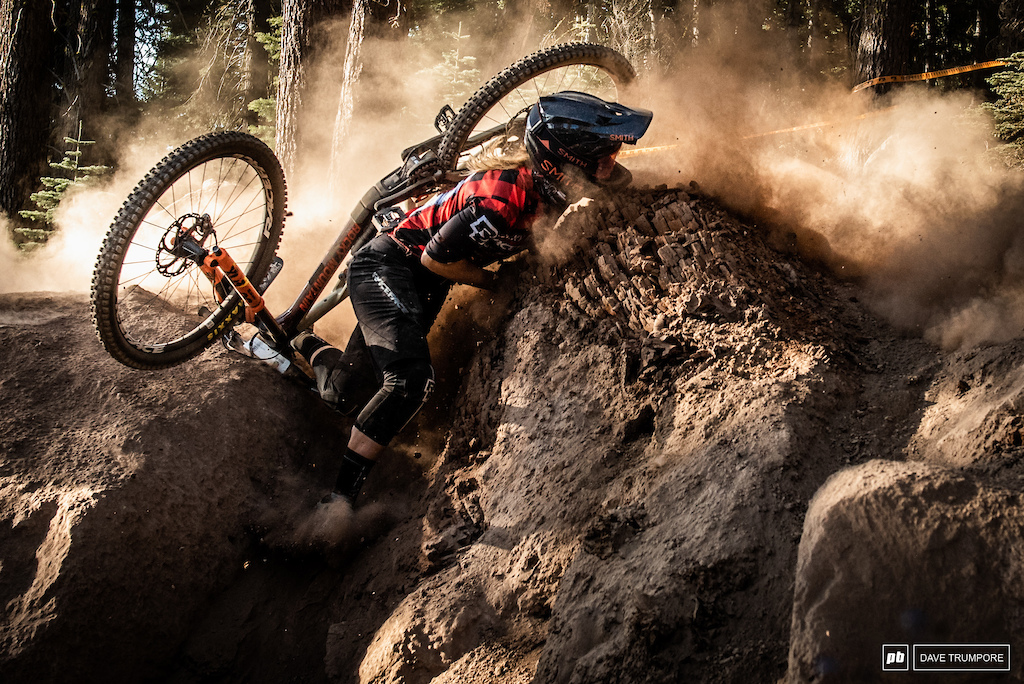
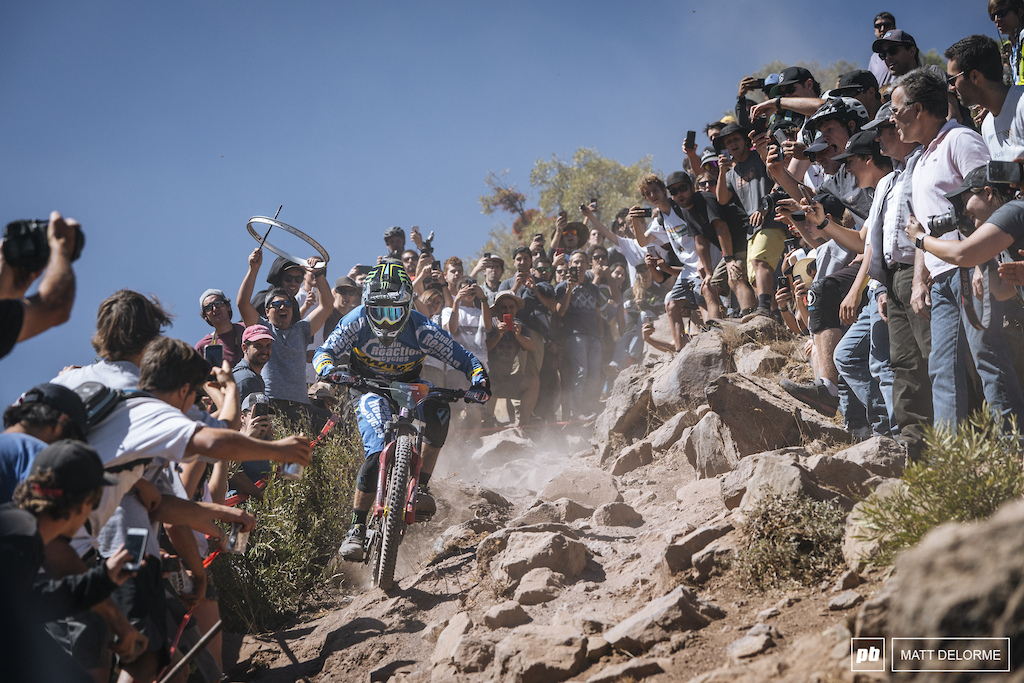
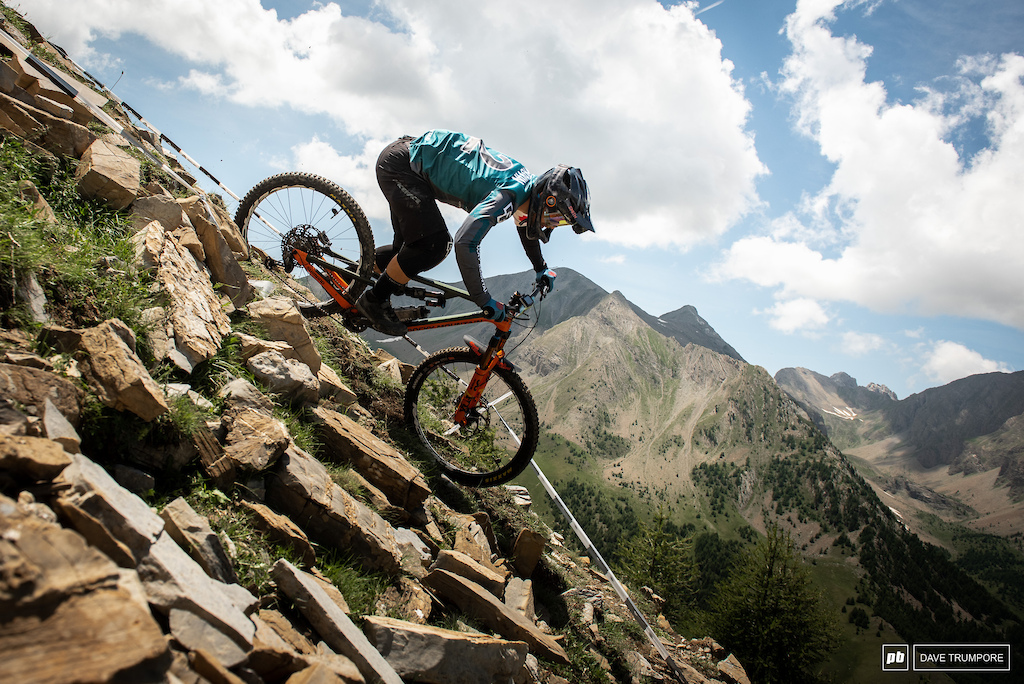
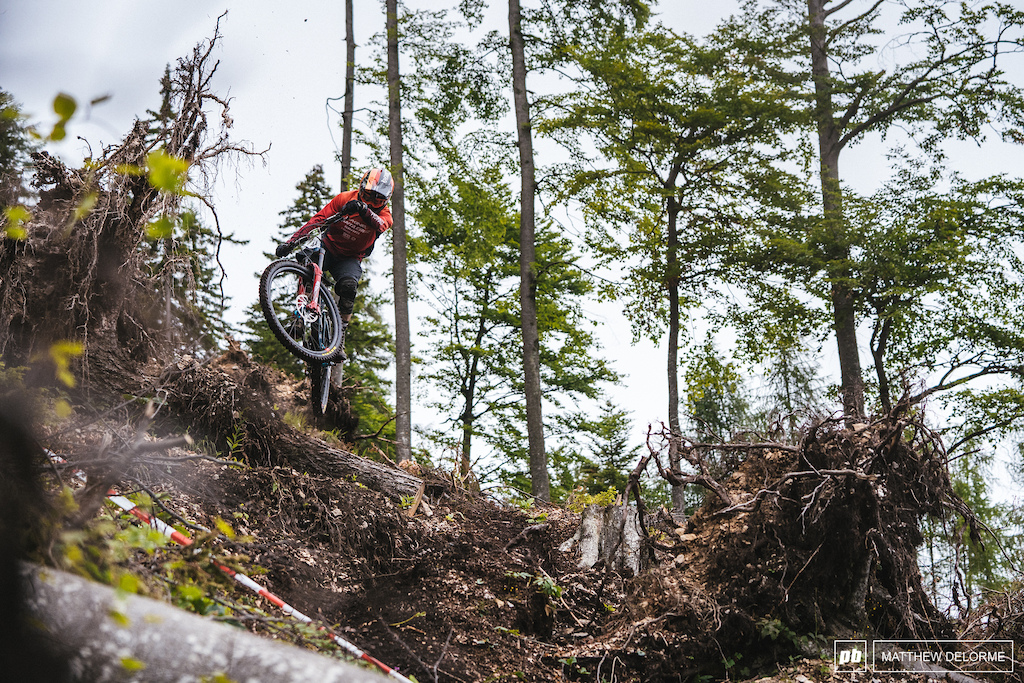


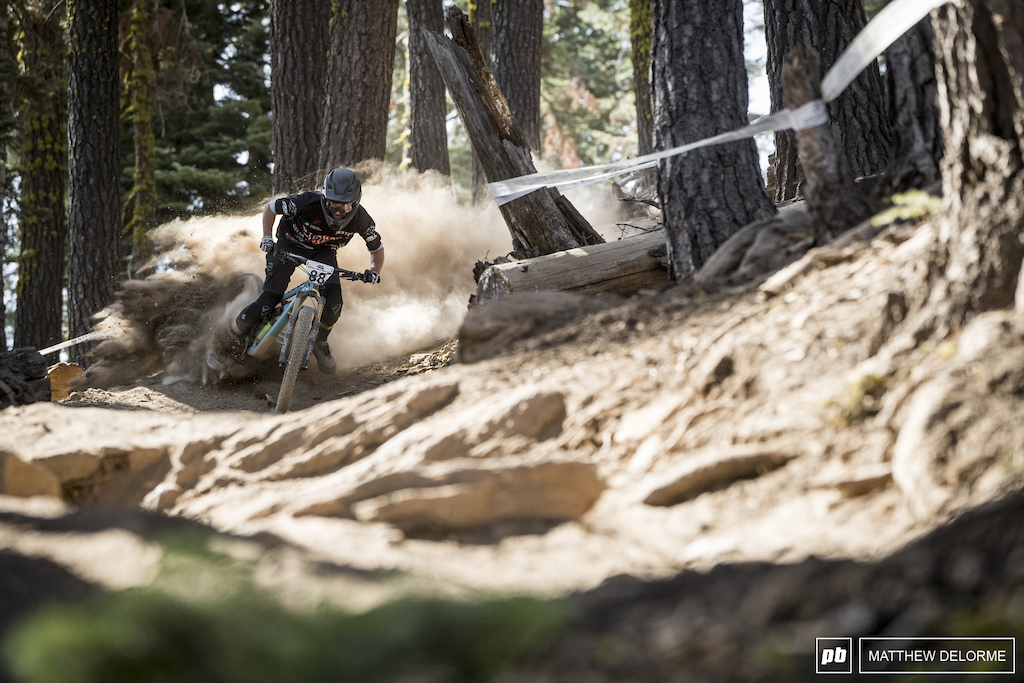

For your own safety peeps don't be the biggest hero in the hospital...peace.
In the privateer he had a mental coach for this reason. I dont know how someone can quantify mindset of injured individuals but it would be interesting to know "what they were expecting to do" vs. "what happened when they got injured."
Just a pinkbike armchair expert chiming in with my 2 cents!
Have a long day.
This was the foreseeable consequence of forcing riders to keep their helmets on on transitions.
At transition stages in races I sweat like a pig while I ride up hills at 5-7 km/h under the strict supervision of UCI officials. Because of this I am forced into using a light FOX ProFrame helmet that doesn’t provide ideal protection from concussion. The ProFrame is a great product but I would be using a Fox DH helmet on stages if I would not be forced to wear it on prolonged climbs.
Due to ignorance and unwillingness to listen to athletes, the UCI is endangering riders again.
I can hear the “you should consider....” “I reckon....” comments already
I'd be interested to know what would be most effective.
Basically focussing on movements you don‘t train by riding
Bench, OHP, Kettlebell presses, chin-ups, rows in different planes of motion, pushups with scapular extension, a half-kneeling landmine press, external rotation against a band, and face pulls are all helpful.
Check out Melbourne Strength Culture's videos on the topic of push/pull ratio if you want more info.
Would be interesting to hear it from someone who really knows what’s up though
Pass throughs (gripping a broomstick/bar and rotating it over your head and behind you then back to in front of you, Increase width of grip to make it harder).
Wall Angels
Modified Child Pose
Doorframe hangs
There are tons and tons of shoulder mobility/flexbility routines out there. And then yes, all the exercises as well.
Shoulder mechanics are important (motor control, movement competency, etc), no doubt, but they don't matter much when you clip a tree at 30mph or hit the deck at the bottom of a rock garden. At that point, what matters most is have you conditioned the affected tissues (muscle, tendons, ligaments, capsular tissue, etc) to be as resilient as possible to outside forces. Overall mobility can be a factor (if you don't have any then when a sudden impact takes place that forces it out of its normal range, bad things can happen), as can the ability of the brain to react quickly enough in order to protect the area.
These things can all be improved through training... a proper progressive overloading program that challenges the shoulder joint and associated tissues to adapt. There is no such thing as "injury prevention" (but you'll find plenty of people to take your money for programs that claim as much), but only mitigation in the hopes that WHEN things go bad, the outcome is not as bad as it could have been.
He has some really great exercises for all aspects of training that are creative, easier on your joints and go way beyond these common exercises. I've been a skinny, fragile bloke all my life but his videos helped me big time to build strength for riding as well as 10 kg's of muscle to cushion those bad crashes.
I've never broken a bone in my life but sprained my ankles, wrists and shoulders more than I care to count, and I had an advanced knee valgus that resulted in a slight but constant pain in the knees, hips and lower back.
I'm nowhere near "fixed" yet but my muscle imbalances are improving, the joints are more stable and stronger than ever, no creaks or anything.
Plus it's great that I don't have to do the same boring exercises all the time as he has hundreds of videos, which makes working out really enjoyable, exciting and challenging at the same time.
100% would recommend.
As always what's safe to Danny MacAskill is certain death to Joey naeskill. Getting a happy medium that keeps 51%+ riders safe from idiocy of ambition or idiocy of trail build and keeps 51%+ of riders on their toes and skills pushed for the enjoyment of the sport is a tall order. I've no answer on that. Good luck to those that seek it